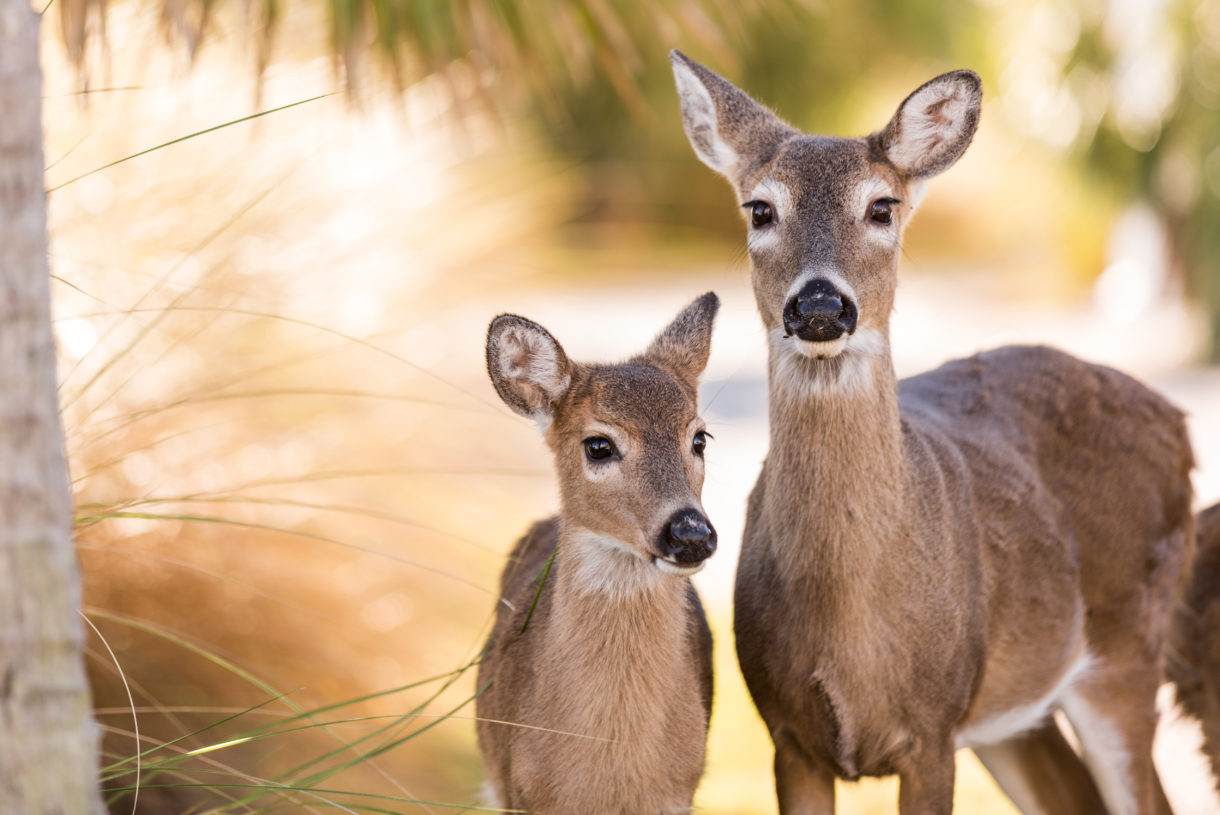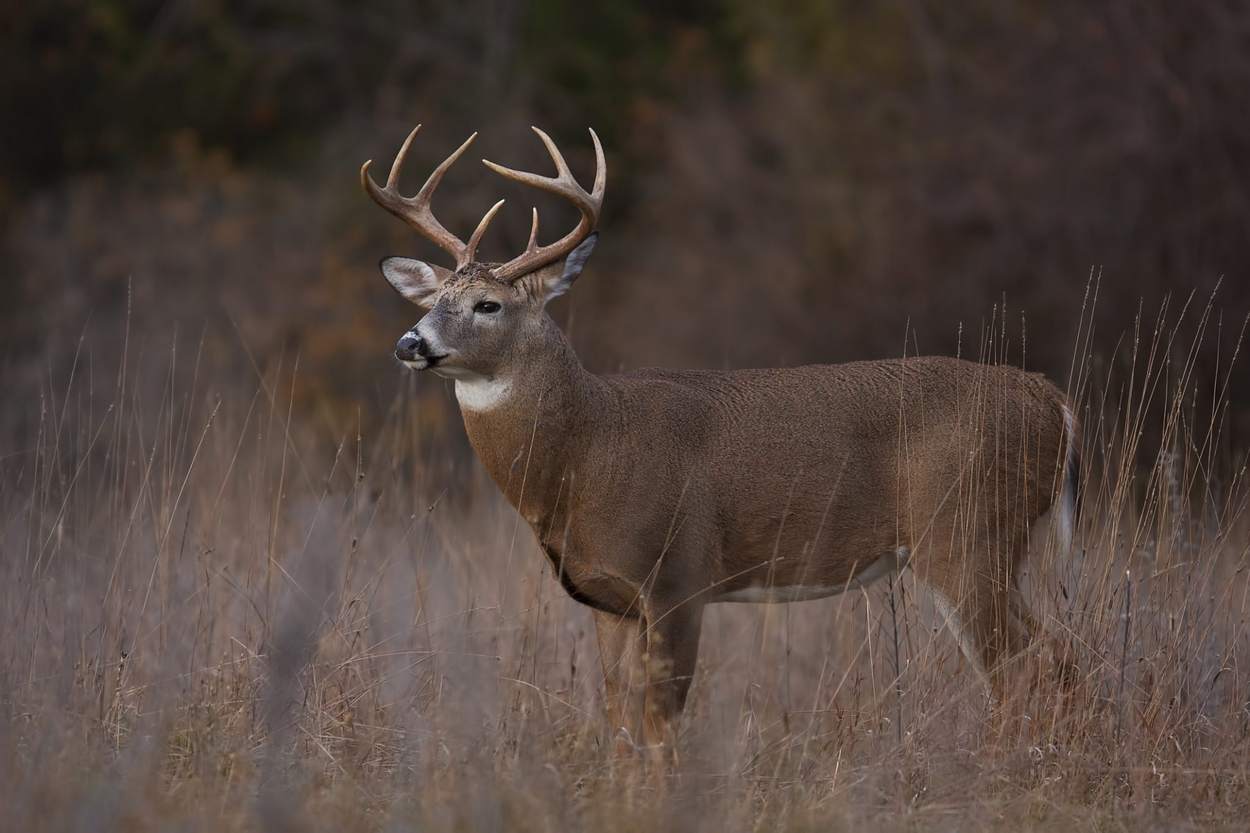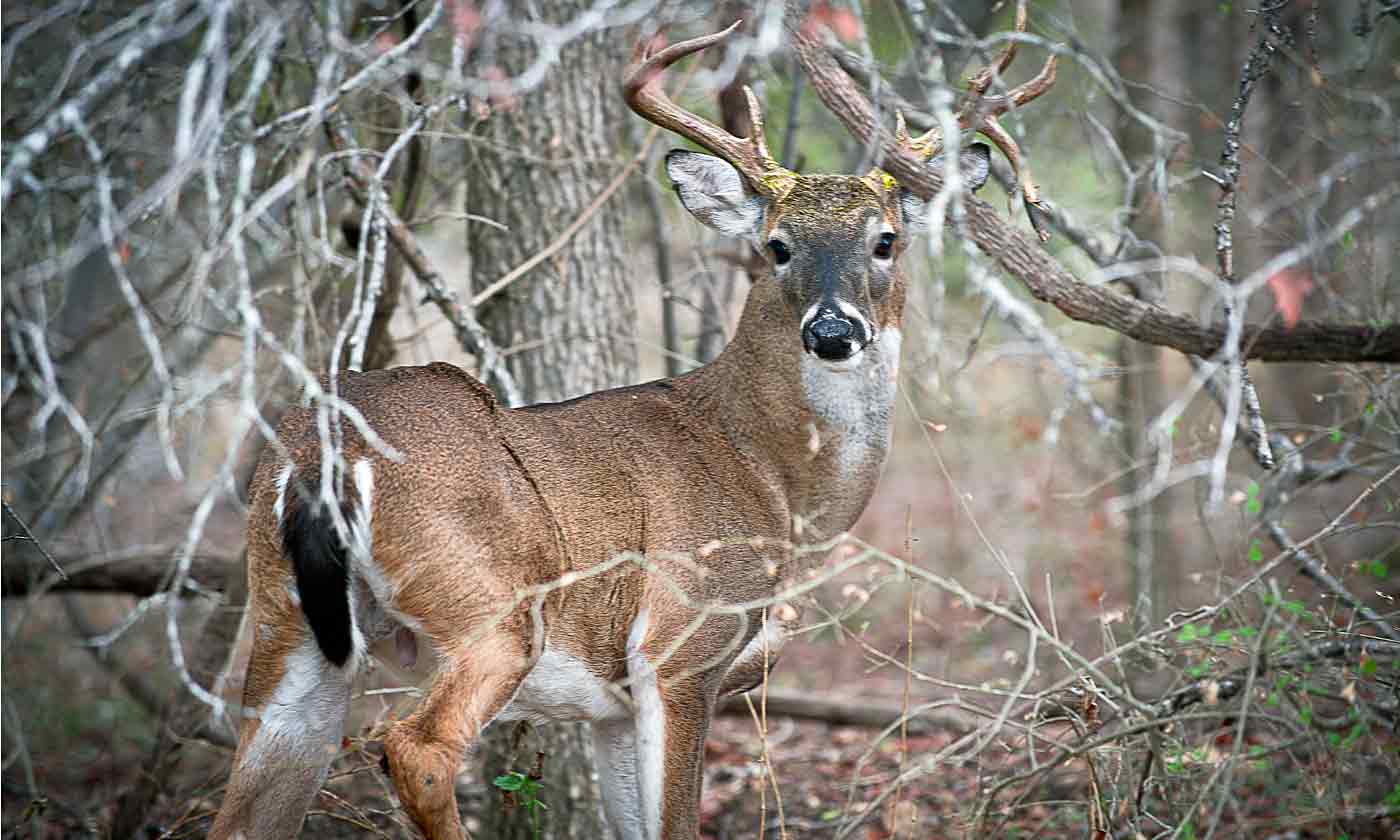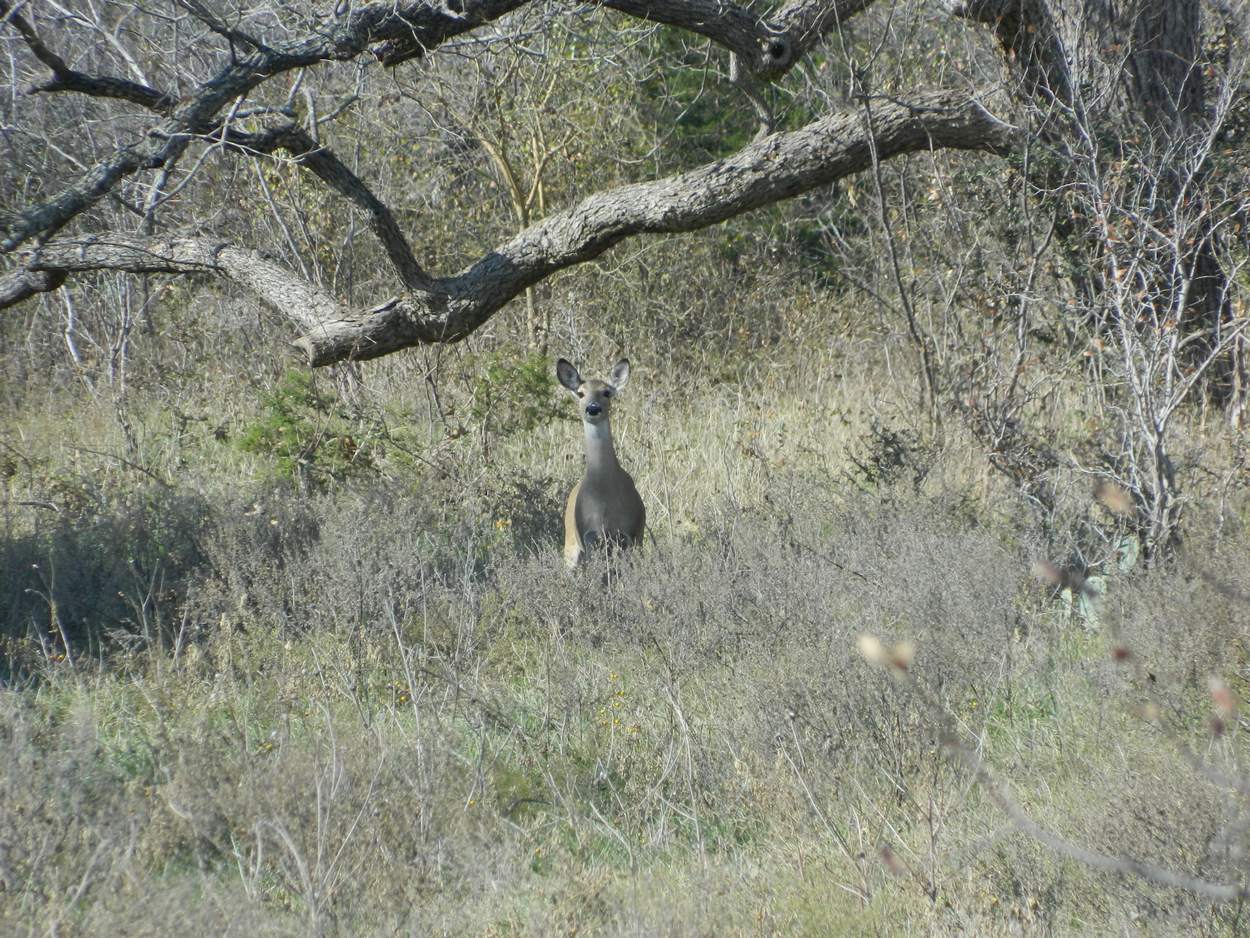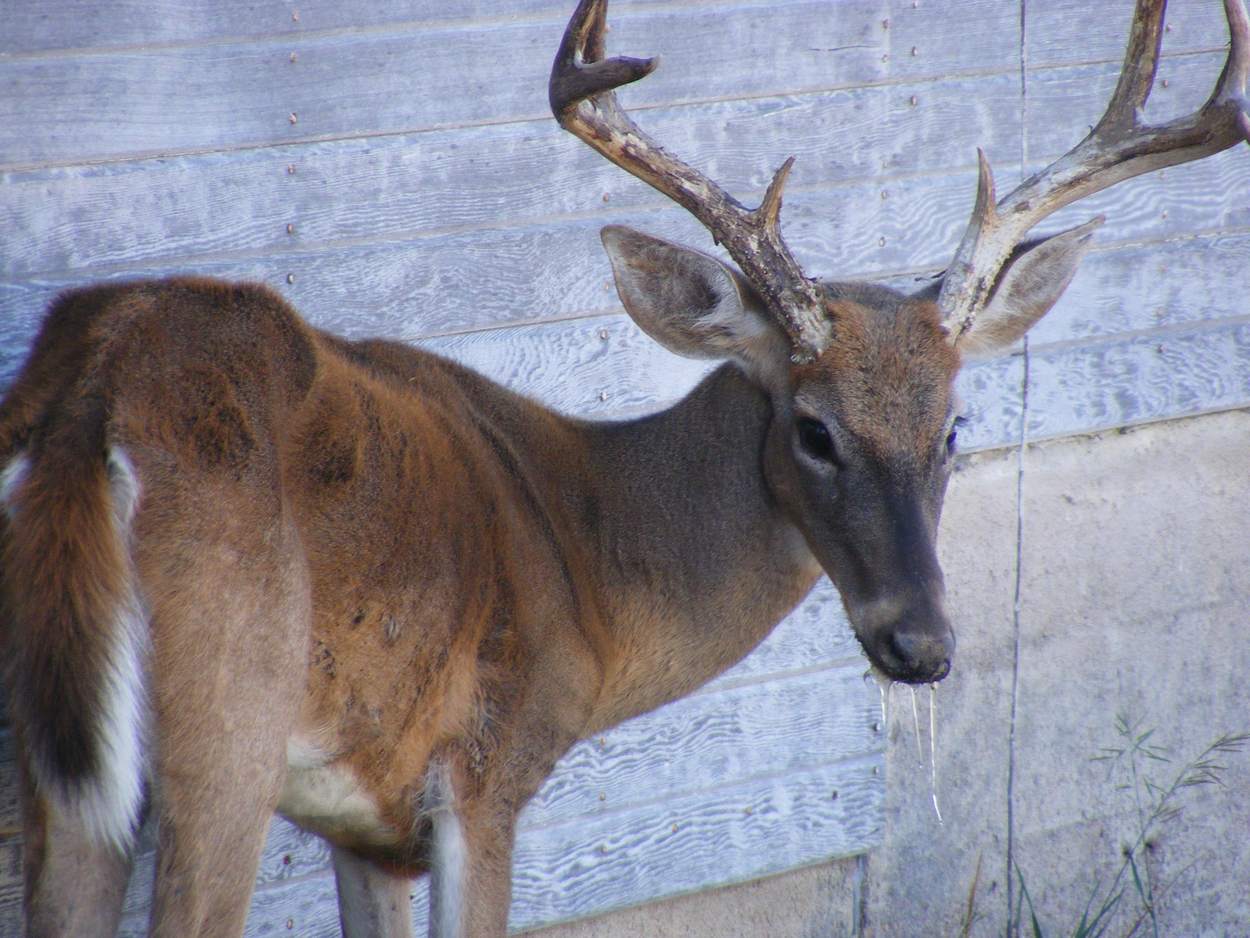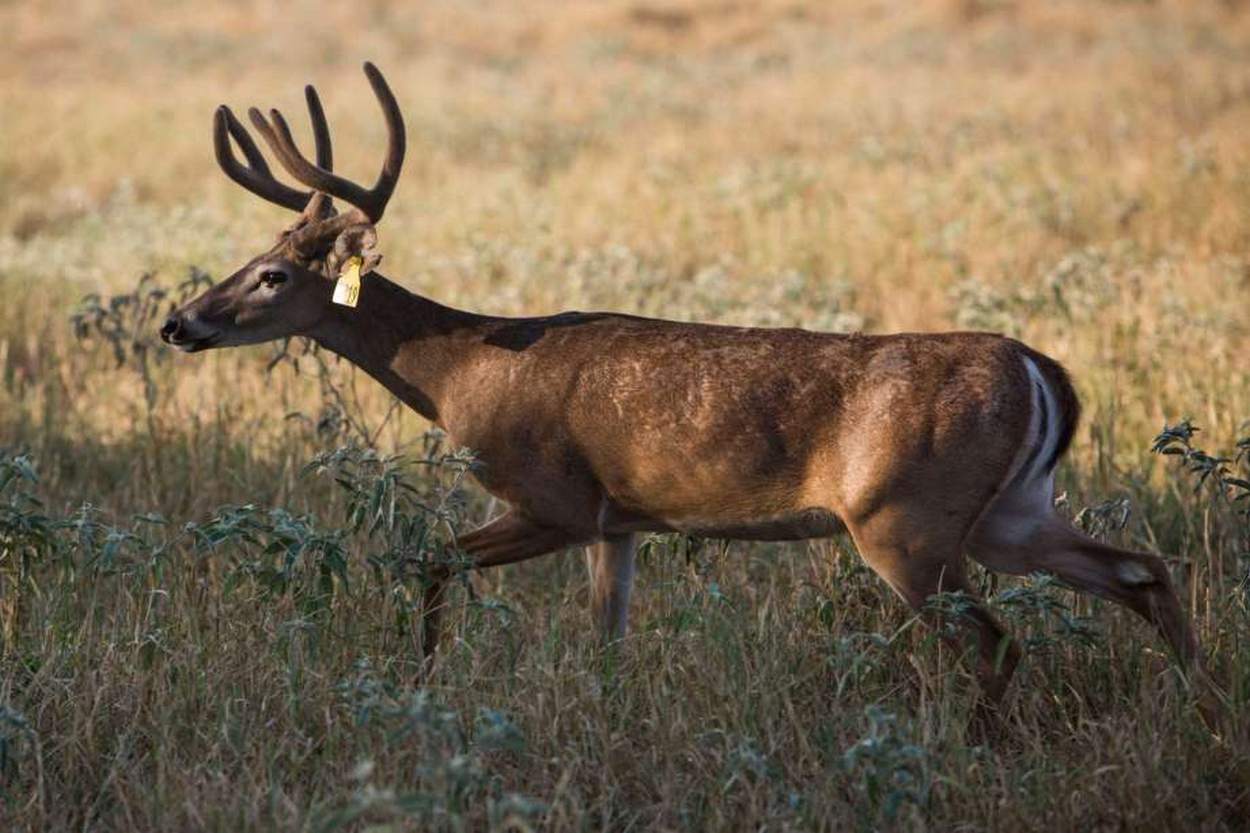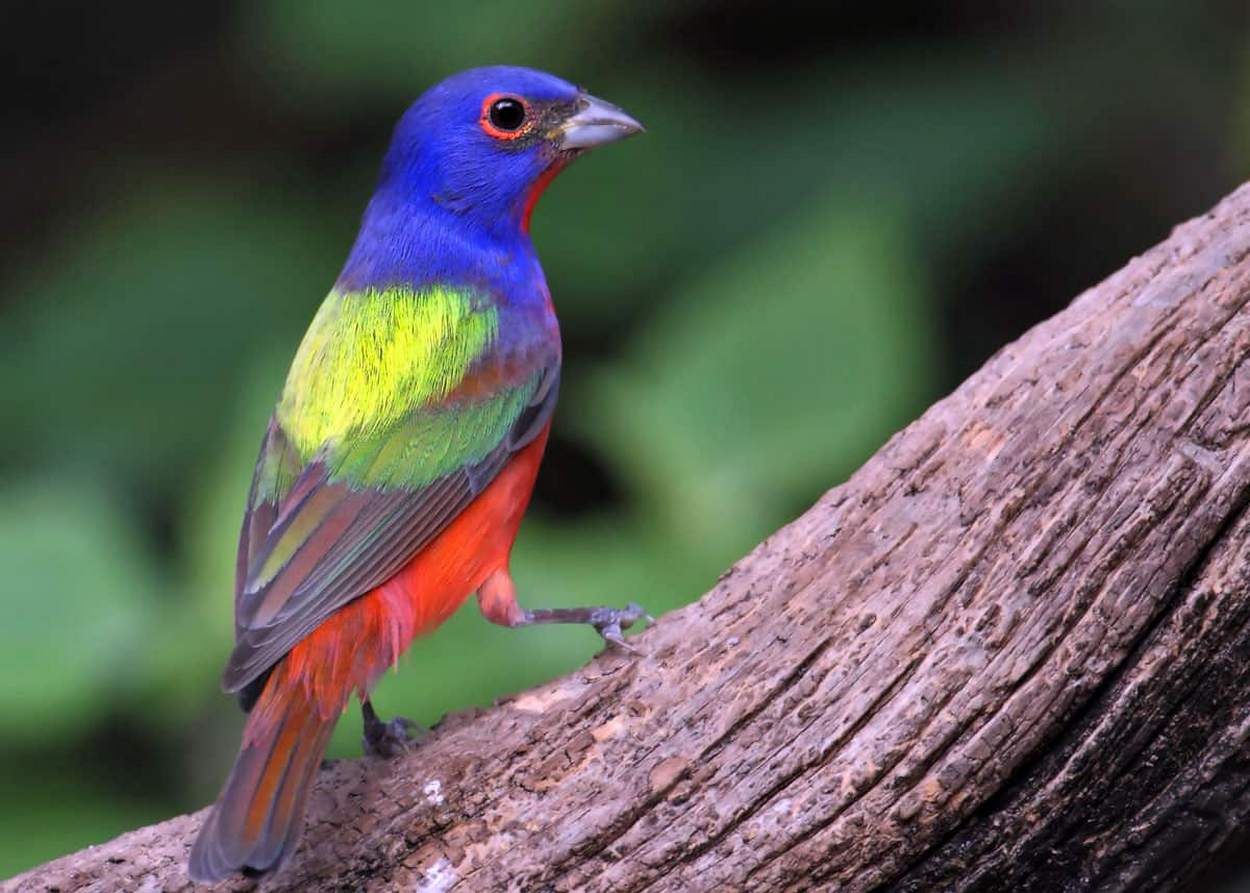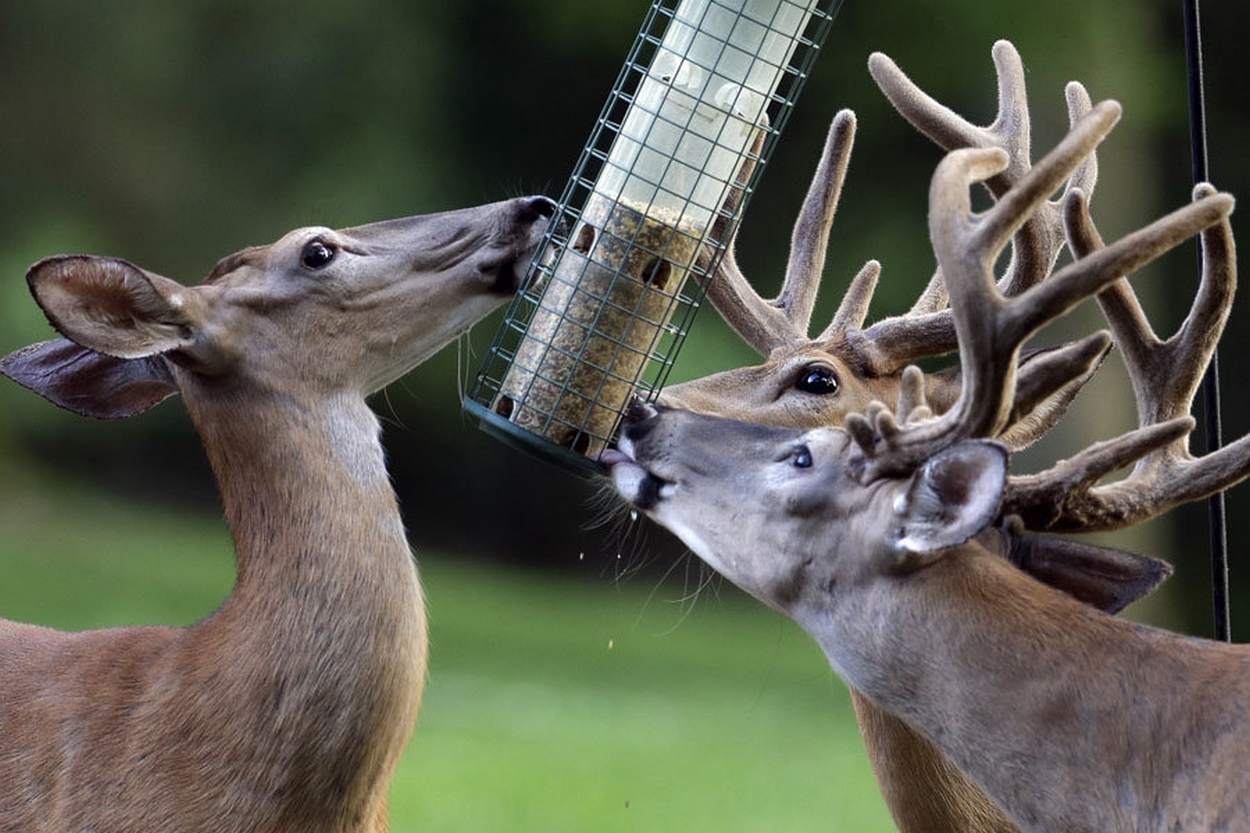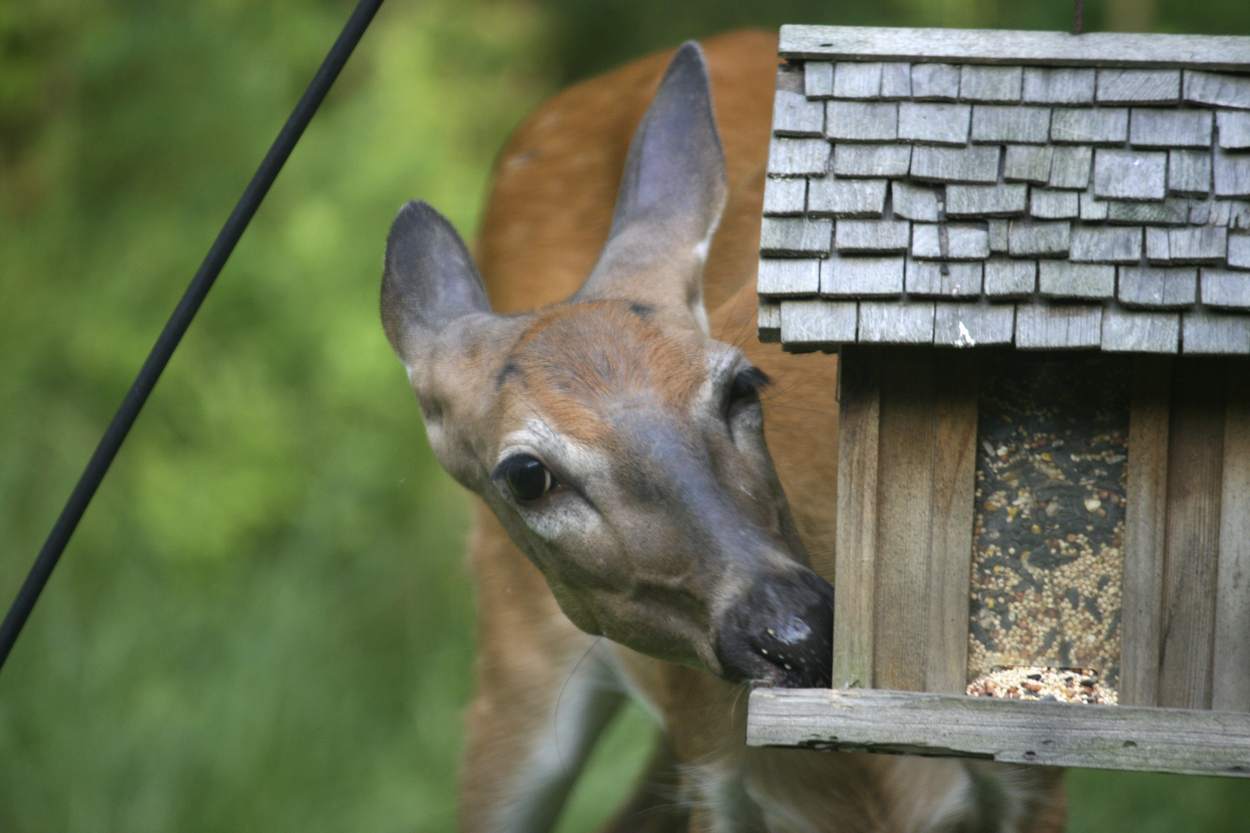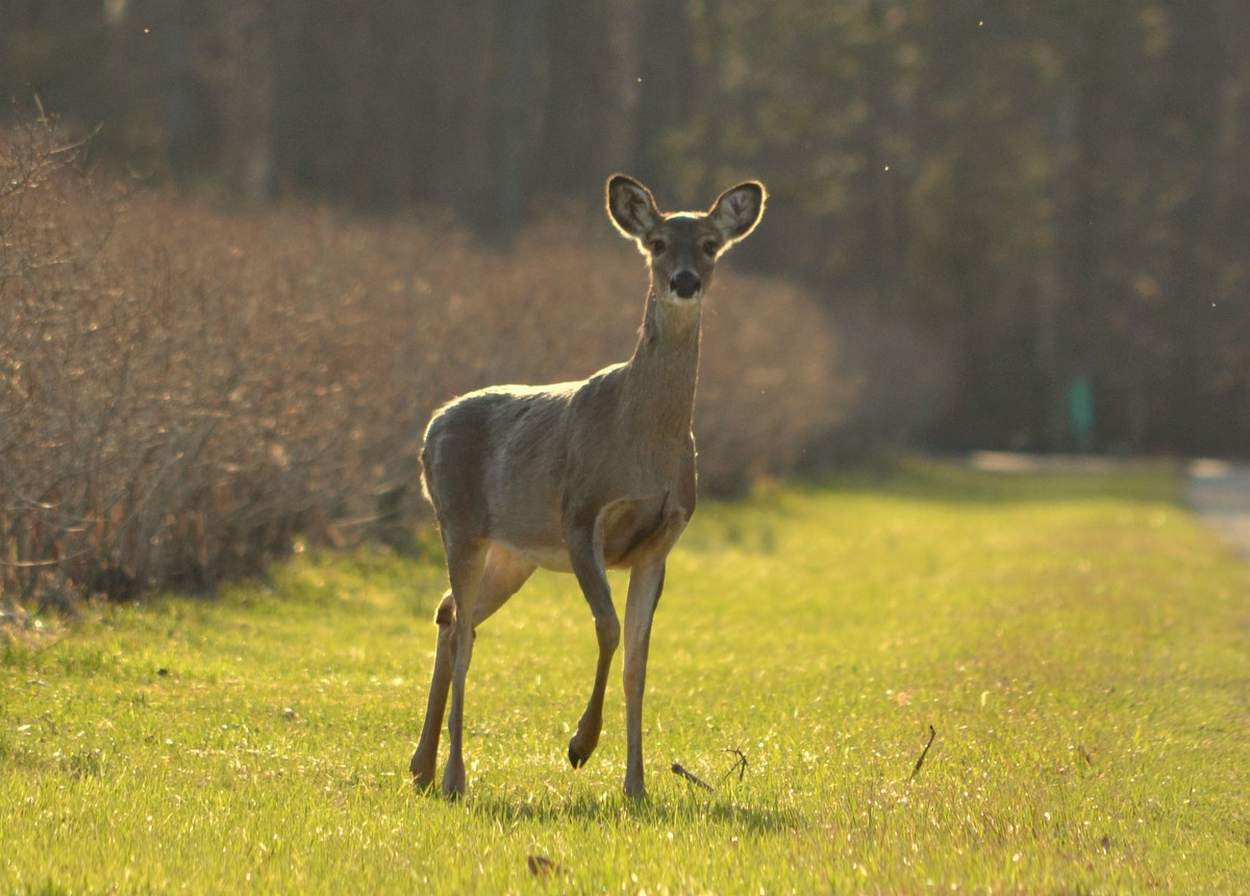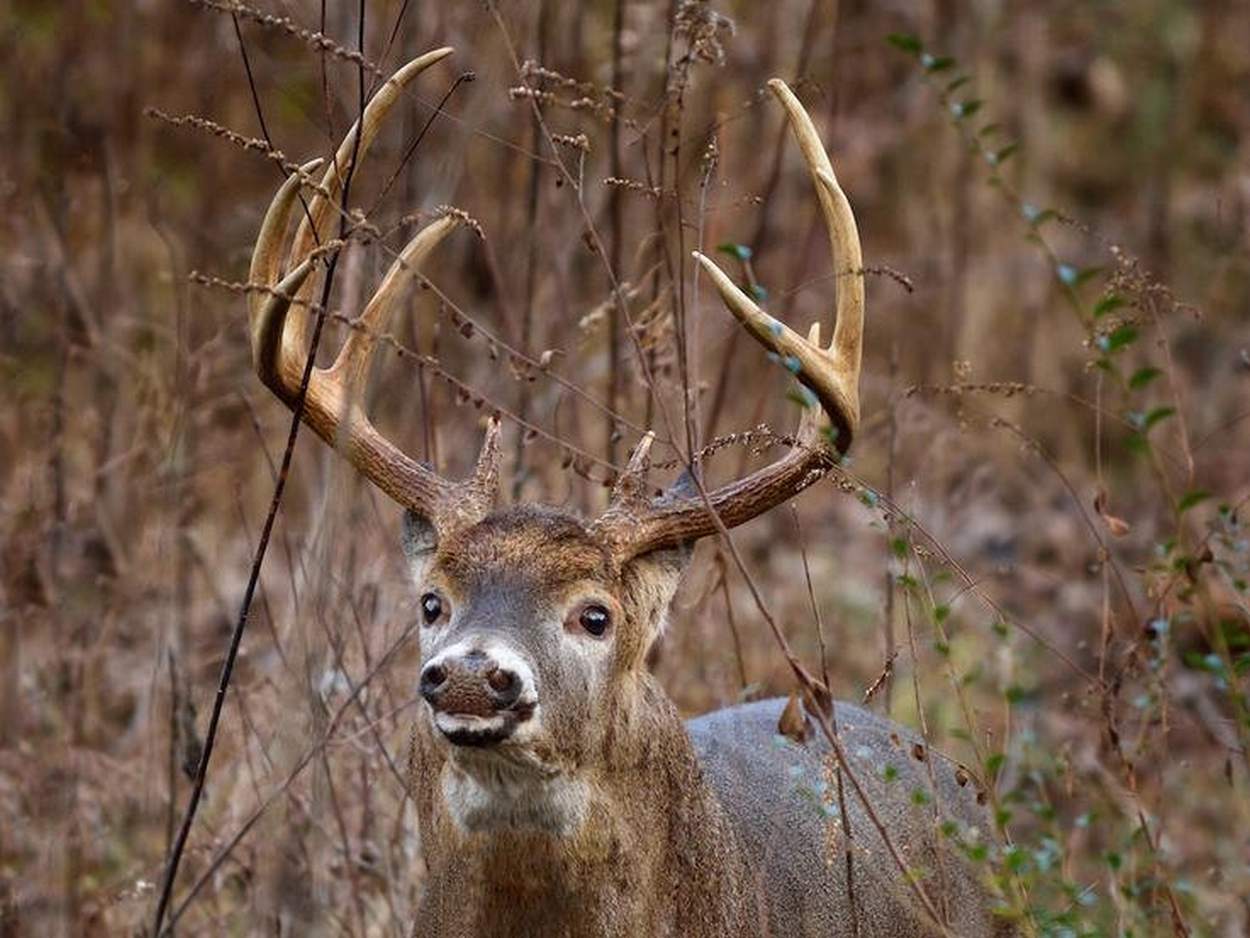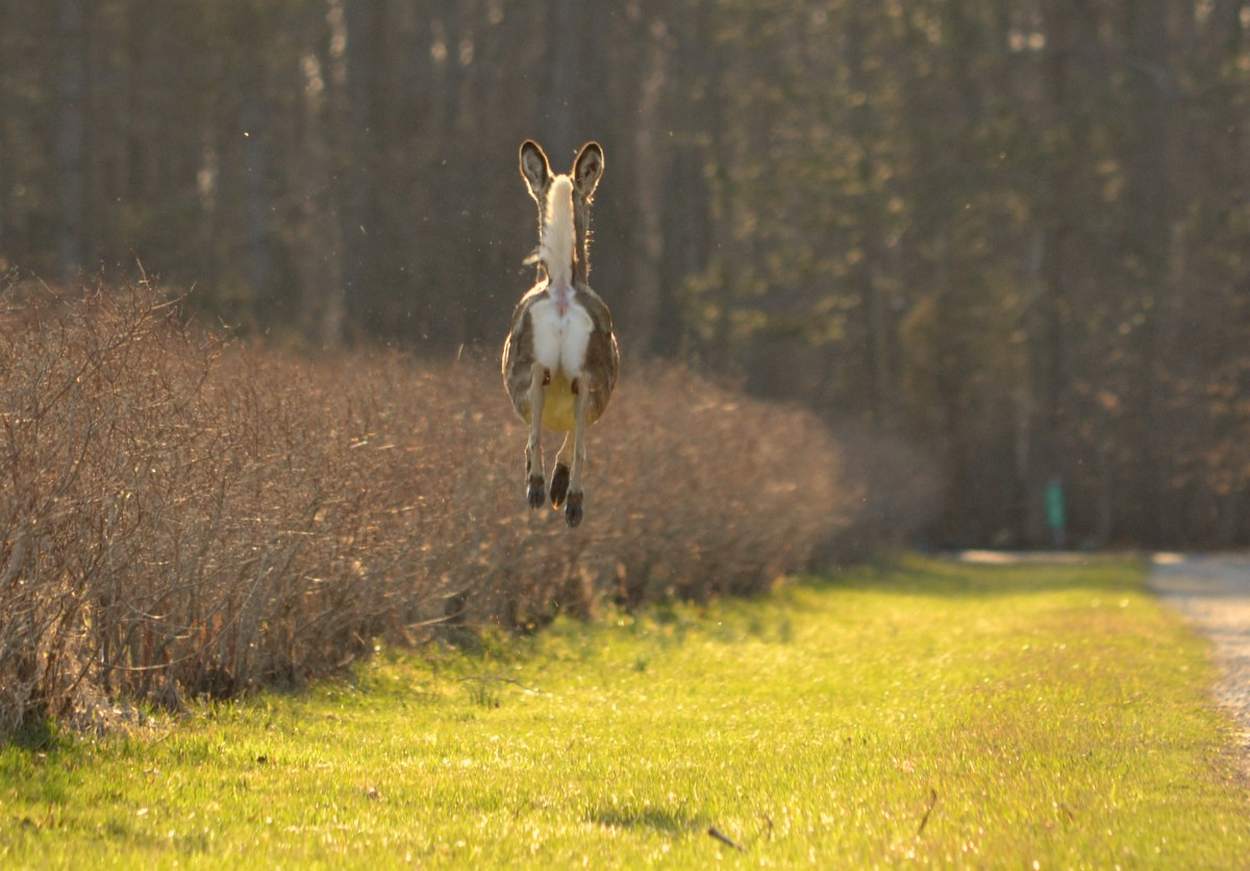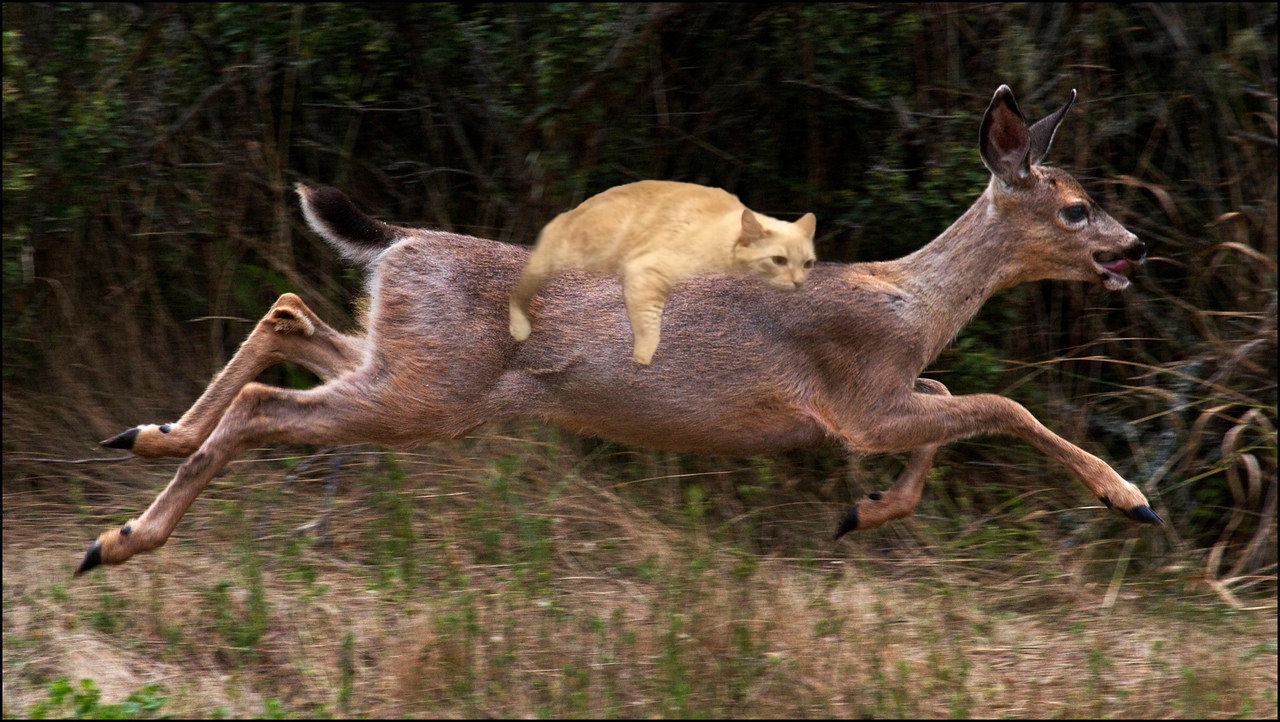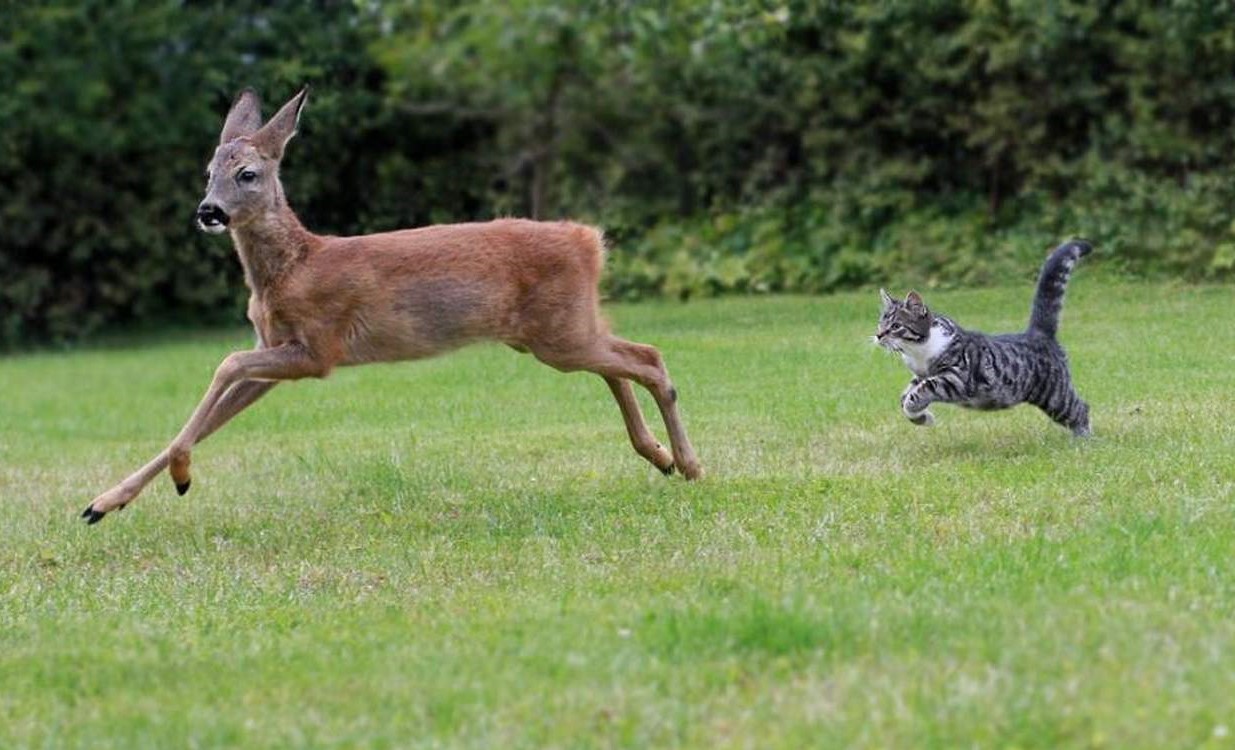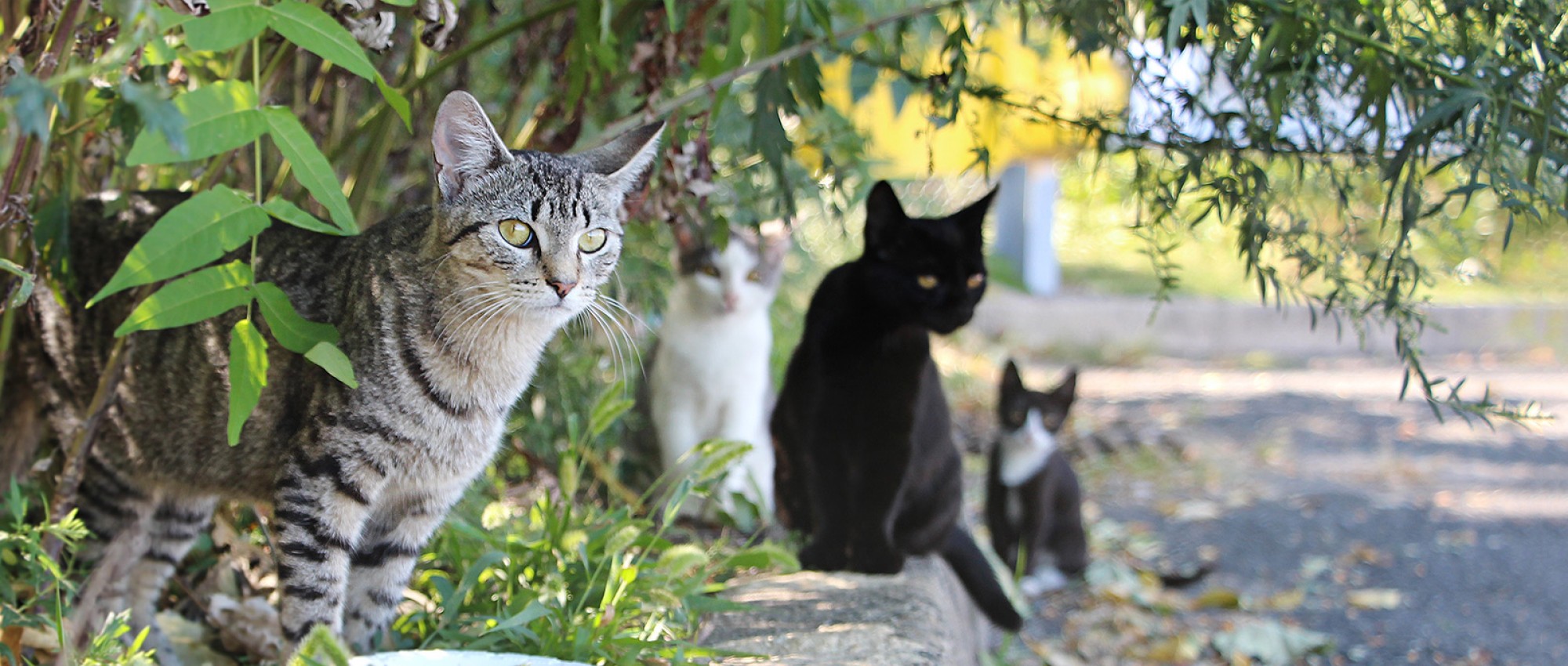Predator Control for Deer Hunting
There are no shortcuts to good white-tailed deer management. There are no silver bullets for producing quality, free-ranging bucks on private lands. It takes work, time and some patience. There are many techniques for managing deer populations and all focus on different aspects of the whitetail herd and they habitat they require.
Providing healthy plant communities should be paramount for any property practicing quality deer management, but sometimes overabundant predators in an area can be one of the primary problems. This is especially true in areas where deer numbers are relatively low.
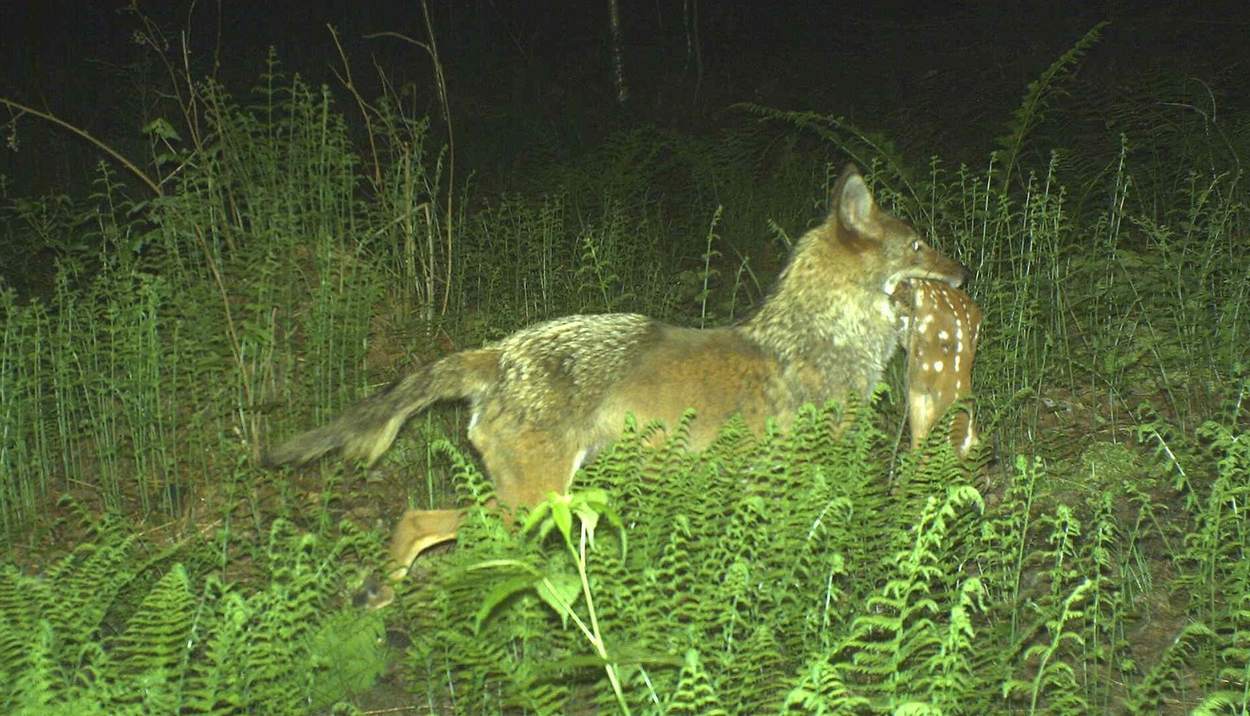
Coyote Control and Deer Management
Predators, particularly coyotes, do play an important role in the areas they are found. The diet of the coyote is varied, but they are well known predators of fawns as well as adult deer. Coyotes are opportunistic and eat what is available, so they can have a heavy impact during the fawning season.
In some situations, coyotes can keep a whitetail populations below the deer carrying capacity of an area by limiting fawn survival and maintaining the deer herd below a productive threshold. The Quality Deer Management Association (QDMA) is offering a predator management workshop this fall to help landowners interested in addressing predator issues on their property.
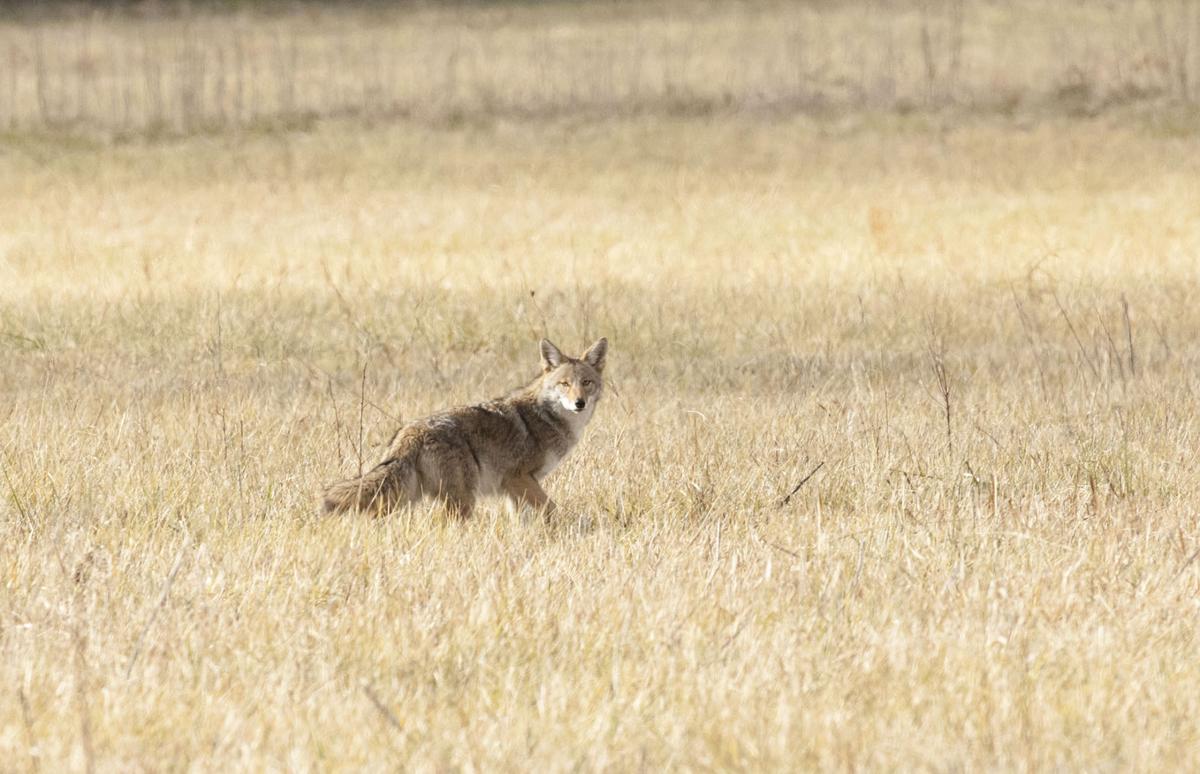
Reducing Coyotes, Increasing Fawns
QDMA: “Many QDMA members have said they want to learn how to trap so they can manage coyote numbers and fawn predation where they hunt. So, we’re announcing an exciting new addition to our Deer Steward Certification program: a Predator Management module! This intensive three-day course will take place September 11-13 at Ames Plantation in Grand Junction, Tennessee, and will be led by professional trapper Clint Cary (right), owner of Tactical Trapping Services.
Clint has been a speaker at our National Convention and Deer Steward courses, and now through this course he will teach all aspects of a predator control campaign, including: pre-planning, making successful sets, laying out a property for a campaign, trap modifications, lures, baits and other attractants, and more. The instruction will be a mix of in-class and in-the-field. Previous Deer Steward certification is not required to take this stand-alone course.”
Predator Control Workshop Details
- Date: September 11-13, 2015
- Location: Ames Plantation, 4275 Buford Ellington Road, Grand Junction, TN 38039 (only 1 hour from Memphis airport)
- Cost: $500 for QDMA members, $550 for non-members, $450 for Life or Sponsor members.
- Instructors: Clint Cary of Tactical Trapping Services and Matt Ross of QDMA.
- What’s Included: instruction, course guide, certificate, most meals (3), copy of Clint’s book, QDMA membership for non-member price.
- What’s Not Included: breakfast, travel and lodging (lodging option reserved within 30 minutes, info provided after registration)
- SAF CFE Credit: Approved for 5.0 hours Category 1-CF, 13.5 hours Category 2 credit.
- To Register: Call (800) 209-3337
